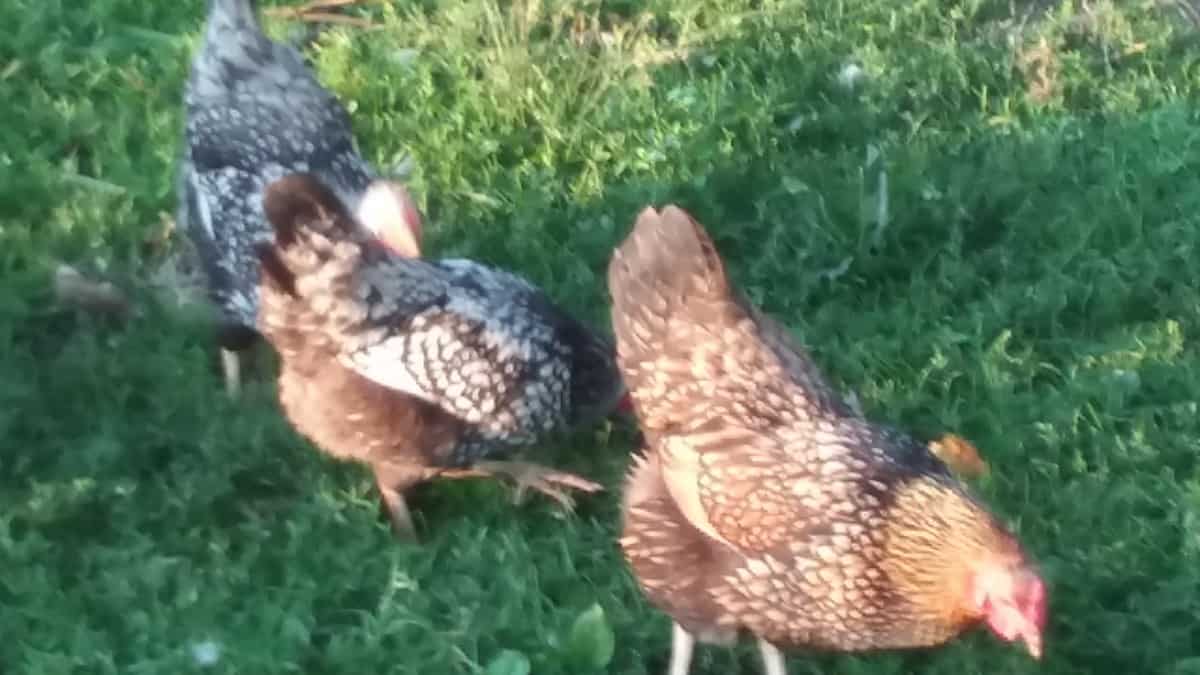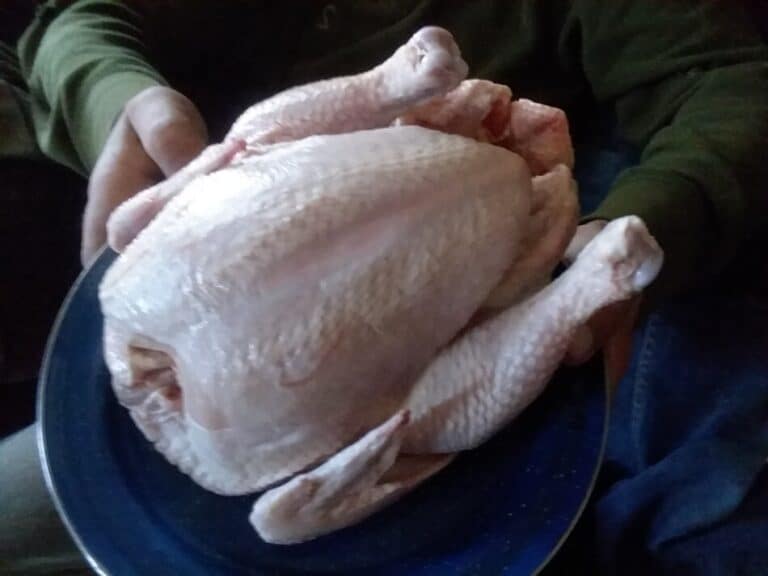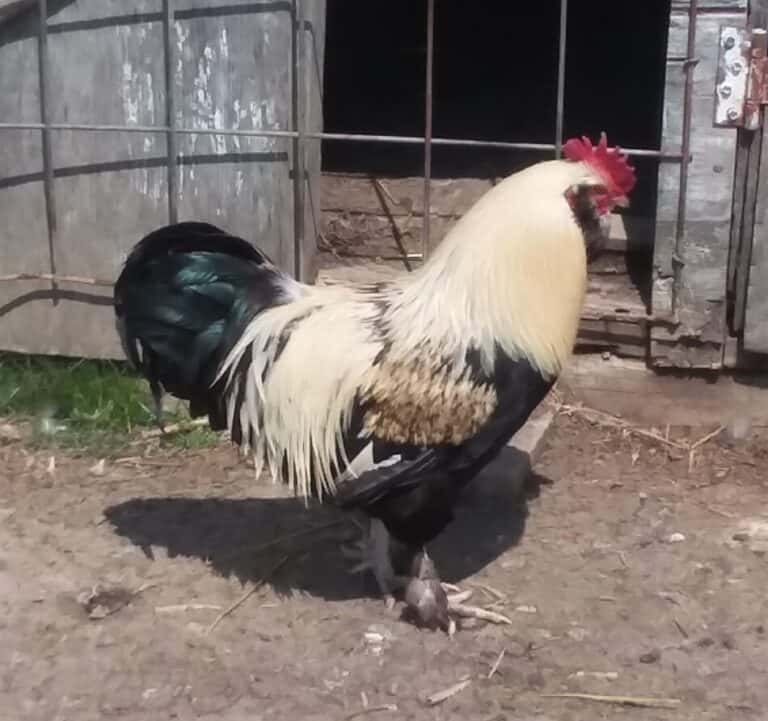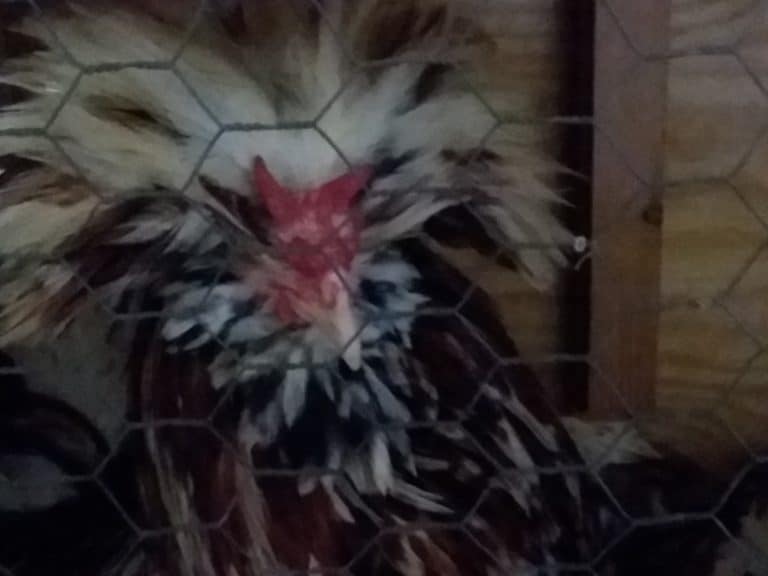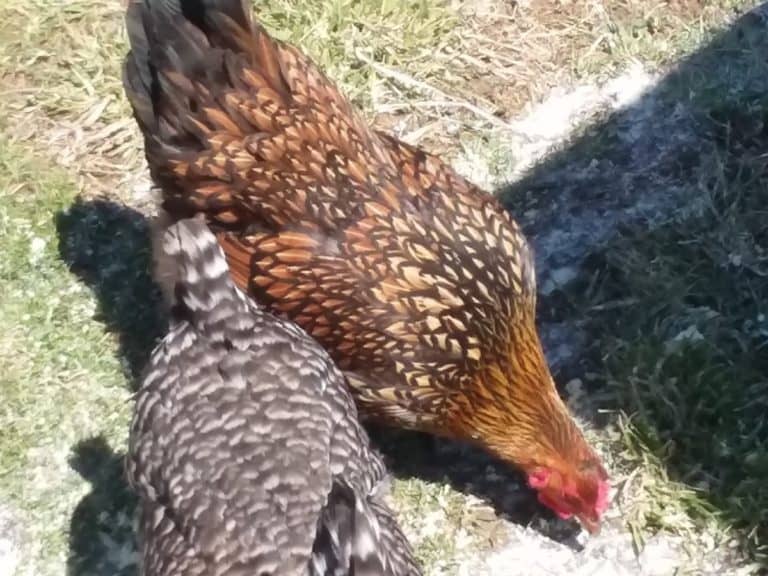Are Chickens Mammals? 5 Easy Things To Check
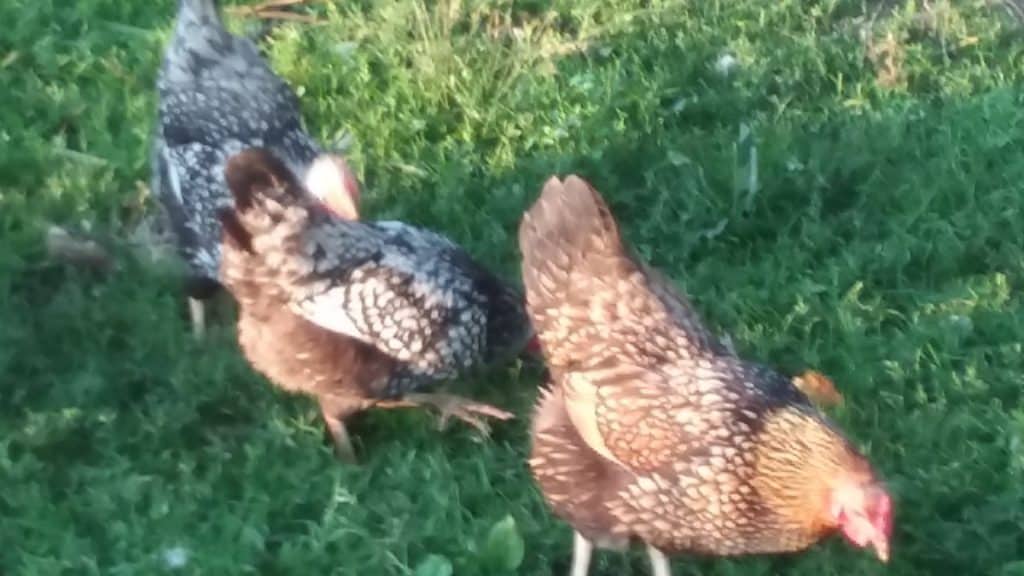
| Determining Characteristic | Do Chickens Have This Characteristic? | Do Mammals Have This Characteristic? |
| hair and or/fur | Normally no, but occasionally yes | Yes |
| females produce milk | No | Yes, once the baby is born |
| live birth of babies | No, chicks hatch from eggs | Yes |
| 1 time tooth replacement | No, chickens do not have teeth | Yes, baby teeth are replaced as animal grows |
| warm blooded vertebrate | Yes | Yes |
It can be a bit confusing if you are new to animals, how do you tell if an animal is a mammal or not?
Chickens are not mammals. Mammals produce milk for a baby that is born, not hatched, since chickens do not produce milk and do not have live young they are not mammals.
For instance, chickens (not a mammal) and a cow (a mammal) both are likely to be seen on a farm, both can keep warm in the winter, both eat grass and both will take care of their babies and be protective of those babies.
Chickens and cattle all have different personalities, have been raised with humans for hundreds of years while both also have a wild counterpart or two and some are kept as pets while others earn their keep.
So far, it looks like chickens and cattle, continuing with the example, have more in common than not.
But to get to the answer of mammal or not we have to dig deeper.
How To Naturally Fatten Up Your Chickens gives you some ideas of what to give your hens as extra snacks.
All animals are classified into what is called family groups.
Chickens are in a group with other birds. These birds lay eggs and have feathers (like all birds) and hatch chicks that are precocial-that is the special part that separates out some of the birds from others.
Precocial means they just need warmth, feed and water to grow, but not specifically a parent, so they can be raised separately from their parents by humans.
This is why you can buy baby chicks in the mail but not baby pigeons, the pigeons still need their parents.
Mammals on the other hand look and reproduce in significantly different ways when comparing them to chickens.
Mammals have certain characteristics that define them as mammals.
If you look through these characteristics you can see that while a chicken has some similarities to mammals it does not have all of the characteristics of a mammal.
Why Do Chickens Eat Rocks? goes over why chickens need grit (rocks) in order to digest their food.
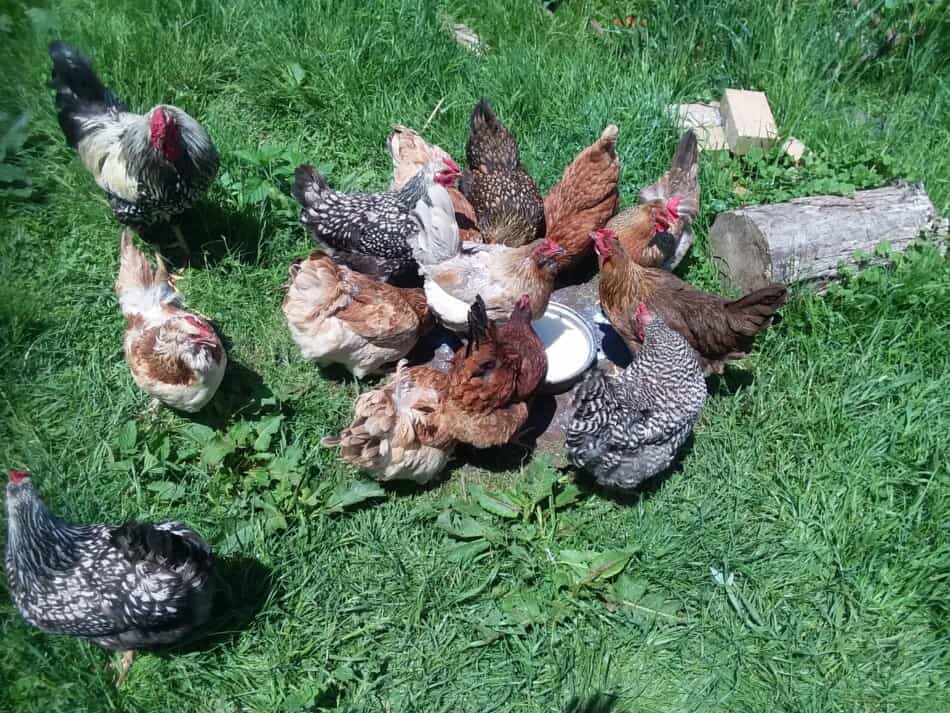
All mammals have 5 characteristics
Strictly speaking, there are more defining characteristics than just five, like single boned lower jaw and having a diaphragm as examples.
I chose five characteristics that are easily seen or figured out with a small amount of looking (meaning you don’t have to be a scientist to figure this out).
What Makes A Mammal A Mammal? is a teacher’s guide for a quick read that’s fast and easy to understand.
All mammals have hair and/or fur
Mammals have hair and/or fur at some point in their lives.
Most mammals, like dogs, cats or cattle have a hair coat that is easily seen and they keep a beautiful hair coat for their entire lives, with some shedding out in between of course.
Some mammals seem to fall short here specifically marine animals like whales. They don’t have hair!
Well actually they do when they are born- only a few hairs but still hair.
Chickens actually can have hair, not a lot of it but small amounts here or there. Not all chickens seem to have the hairs, but some do.
We have butchered a few chickens with a few hairs sticking out right along with a full body of feathers.
Usually these occasional hairs are at the tips of wings or on the underside of the bird by the vent (where the poop comes out).
I wouldn’t say the hair is super common, but we have seen it often enough that it is not rare either.
All mammals produce milk to feed live born babies
This section has two characteristics that go together, so an animal must have both to be a mammal.
Some animals have live babies so this requirement needs some investigating to figure out for sure.
Part One: Mammals produce milk, a process called lactation, after giving birth to live babies.
This is one where the chicken definitely doesn’t get confused with a mammal too often.
Part Two: Chickens lay an egg, not give birth to a live baby.
And chickens do not produce milk, baby chicks that are raised by their mother eat basically the same food that their mom does, they just eat smaller pieces of it.
When we look into these defining characteristics of mammals, milk and live birth, we can see that chickens don’t have either part of this requirement.
We can determine chickens are not mammals from this section alone, but there are a few more differences to go.
All mammals have a one time tooth replacement
Since mammals will grow to an adult size that is much bigger than the size they were born at, they need to have the ability to grow teeth that fit into a bigger jaw as they mature.
The “milk teeth” they are born with come through the skin of the jaw a few days after the baby is born and are a perfect fit their jaw when they are small.
However, as the baby grows it will need to eat more and more of it’s own food and drink less milk from mom, so it needs the adult teeth to support that continued growth and higher feed intake.
For most animals the teeth come in a few at a time, like in sheep one set per year for four years.
This makes sense because while the animal is getting new teeth it also has to be eating, a full switch of teeth done abruptly would make the animal unable to eat all of the calories it needs.
I should say that chicks do have an “egg tooth” that is on the tip of their upper section of the beak that they use to break out of the shell.
This “tooth” is not actually a tooth, it is just called a tooth. Real teeth are inside the mouth growing from the jaw.
All mammals are warm blooded vertebrates
Mammals have the ability to stay warm in cooler than ideal temperatures.
Some other animals, like reptiles do not, they get their heat for the most part from the environment.
This is why you can see reptiles sunning themselves on rocks, they want to warm up!
If it is colder than ideal where they are reptiles do not have the ability to adjust their metabolism to make themselves warmer.
Mammals can keep themselves warm, even in low environmental temperatures.
The second part of this characteristic is having a backbone, called being a vertebrate.
Anything with an internal skeleton (bones) has a backbone. So chickens are definitely a vertebrate, but something like an earthworm is not.
Chickens are warm blooded as well.
Chickens can produce heat themselves by adjusting their metabolism to make themselves warmer on colder than ideal days.
Most mammals – have live babies, have outer ears, and walk on four legs each of these has a few exceptions for instance humans don’t walk on four legs!
Chickens do not have all 5 characteristics of mammals-but they have some
Maybe the confusion about chickens being mammals comes from the fact that chickens do have quite a few of the same characteristics as many other animals that are mammals.
For instance, chickens care for their babies, are warm blooded, and have a backbone.
But being a mammal requires more than that, the main ones being teeth, live babies and milk production.
